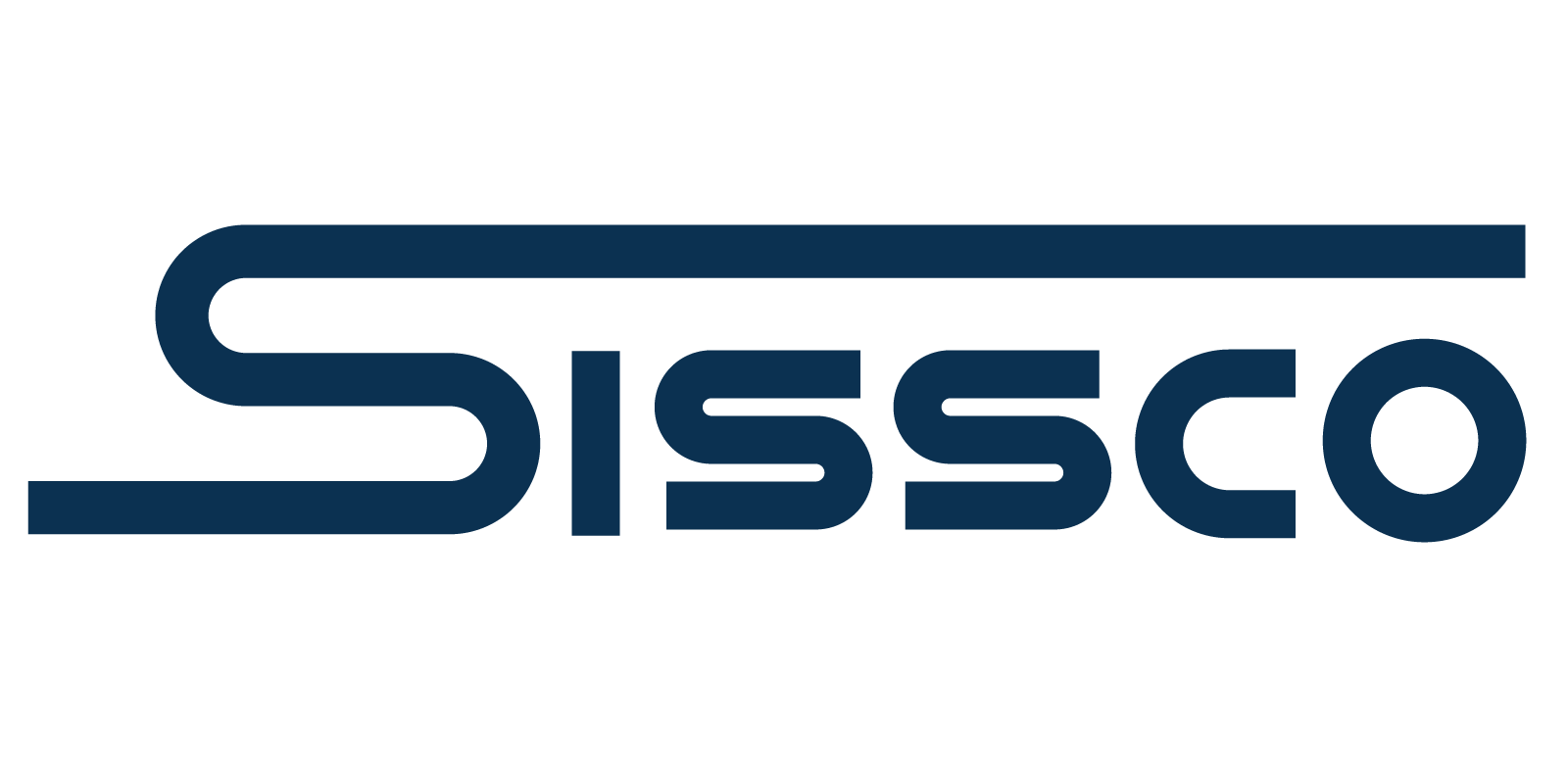Maintaining and operating overhead cranes is a complex task involving numerous crucial responsibilities that ensure safety and extend the life of your equipment. Avoiding unnecessary overhead crane repair NY is essential because it costs time and money. For those managing these vital machines, understanding and following Occupational Safety and Health Administration (OSHA) standards is not just about compliance—it’s about ensuring the highest levels of safety and that your operations run smoothly and efficiently.
What are OSHA Overhead Crane Standards?
These OSHA standards are designed to keep your overhead cranes functioning safely and effectively, reducing the risk of accidents that could lead to severe injuries or significant downtime. Each standard addresses key aspects of crane maintenance, from modifications and repairs to routine and comprehensive inspections, safeguarding your team and equipment. Embracing these standards means taking proactive steps towards a safer workplace and the long-term reliability of your cranes.
The Five Most Important OSHA Guidelines for Overhead Crane Safety (Inspection Essentials)
Adhering to stringent standards is critical for safety and efficiency when dealing with overhead crane operations and maintenance. Here are five essential standards closely related to overhead crane repair NY, drawn from Occupational Safety and Health Administration (OSHA) regulations, specifically focusing on their significance in ensuring safe crane operations.
- Inspections After Modifications or Additions (1926.1412(a))
- Importance: Any modifications or additions to crane equipment can affect operational safety. These standards mandate an inspection by a qualified person after any changes or additions that affect safety devices, operational aids, load-sustaining structural components, and more. Such inspections ensure the modifications are executed correctly, and the crane operates safely before it is put back into use.
- Why It Matters: Overhead cranes often undergo modifications to meet specific operational needs. Ensuring these changes do not compromise the crane’s safety is crucial to prevent accidents.
- Inspections After Repairs or Adjustments (1926.1412(b))
- Importance: Repairs or crane adjustments that affect their safe operation require a thorough inspection. This includes repairs to critical parts like braking systems, load hooks, and control systems. The inspection must confirm that the repairs meet the manufacturer’s criteria or those developed by a registered professional engineer.
- Why It Matters: Incorrect or inadequate overhead crane repairs in NY can lead to mechanical failures that could have catastrophic consequences, including severe injuries or fatalities.
- Post-Assembly Inspections (1926.1412(c))
- Importance: This standard ensures that after a crane is assembled, it undergoes a comprehensive inspection to verify that it is configured correctly according to the manufacturer’s criteria. If no requirements are available, the configuration must be checked by a registered professional engineer.
- Why It Matters: Proper assembly is vital for the safe operation of cranes. This inspection prevents operational failures that could result from incorrect assembly processes.
- Frequent Inspections (1926.1412(d))
- Importance: Cranes must be inspected at the beginning of each shift to identify any visible safety deficiencies. This includes checks on control mechanisms, wire ropes, hydraulic systems, and structural components.
- Why It Matters: Frequent inspections help detect potential issues early, reduce downtime, and prevent accidents due to equipment failure.
- Annual/Comprehensive Inspections (1926.1412(f))
- Importance: These inspections are conducted at least every 12 months. They are more detailed and may require disassembly to assess the condition of internal components. They cover structural members, sheaves, drums, and all safety devices and operational aids.
- Why It Matters: Annual inspections ensure that wear and tear or any damage accumulated over time is identified and addressed. This prevents the gradual deterioration of equipment, which can lead to unexpected failures.
Partner with the Best: Overhead Crane Repair NY
Adherence to these standards is essential not just for compliance with regulations but, more importantly, for the safety of personnel and the longevity of the equipment. Regular and thorough inspections according to these guidelines help maintain overhead cranes’ structural and operational integrity, ensuring they function safely and efficiently. When problems arise, which they always do, you should not hesitate to reach out for the best overhead crane repair service NY offers. Partnering with an expert team ensures speedy repairs and upgrades.



